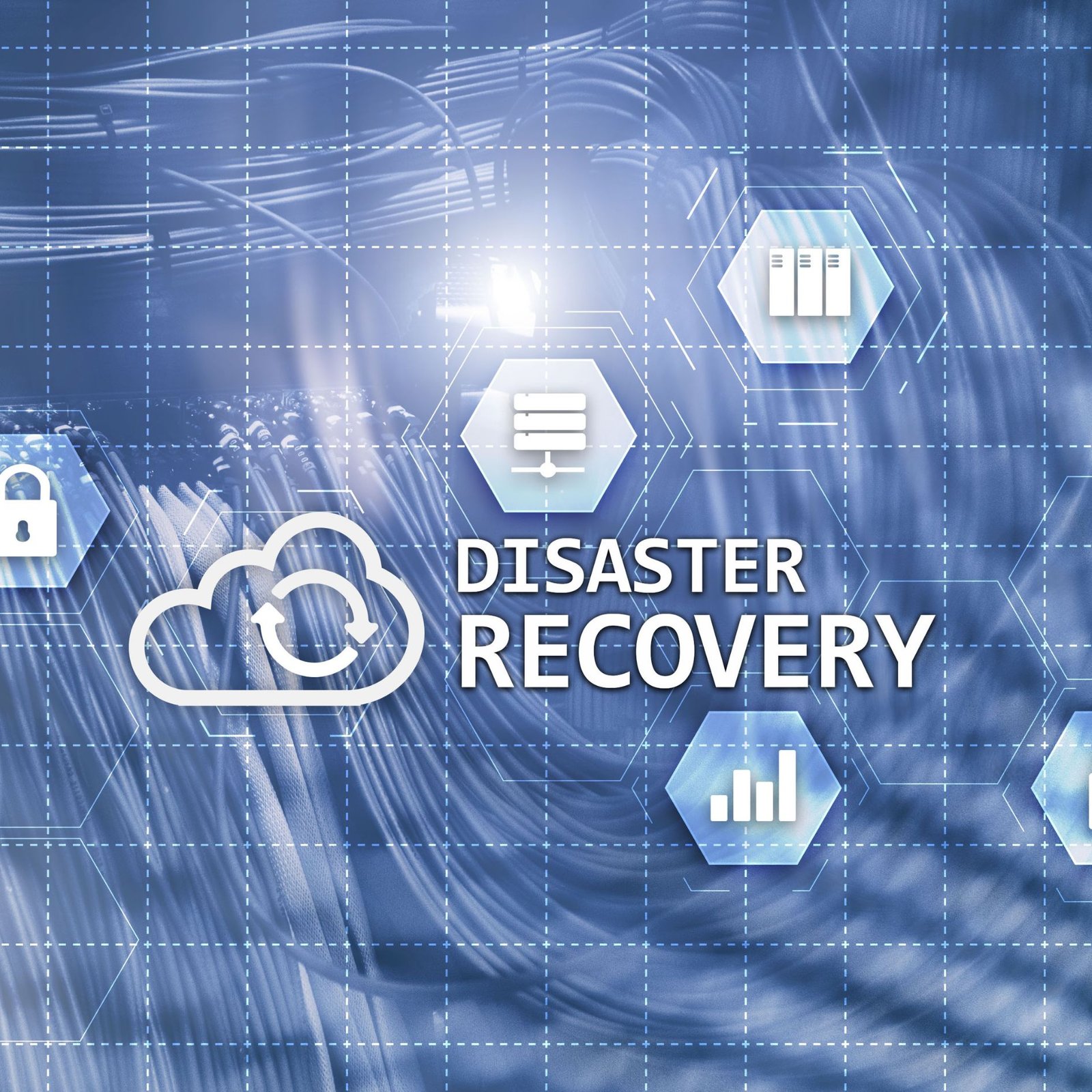Table of Contents
Introduction
Cloud computing has revolutionized the way organizations store, process, and manage data. It provides scalability, cost-efficiency, and accessibility that traditional infrastructure cannot match. But as businesses become more reliant on cloud environments, the importance of disaster recovery in cloud computing cannot be overstated.
From unplanned outages and cyberattacks to human error and natural disasters, every business faces potential risks. This is why a well-defined disaster recovery (DR) strategy must be part of every cloud strategy. In this blog, we’ll explore the importance of disaster recovery in cloud computing, its benefits, and how you can implement an effective plan for business continuity.
What is Disaster Recovery in Cloud Computing?
Disaster recovery in cloud computing refers to a set of strategies and services designed to restore cloud-based systems, applications, and data following a disruptive event. These strategies enable businesses to recover operations with minimal downtime and data loss.
In modern cloud environments, Disaster Recovery as a Service (DRaaS) allows companies to replicate critical data and applications to a secondary cloud infrastructure, ensuring continuity in case of system failures.
Why Disaster Recovery Is Important in the Cloud
Cloud infrastructure may offer high availability, but it does not guarantee immunity from disasters. Here’s why disaster recovery is critical in cloud computing:
- Mitigates Downtime: Even a few minutes of downtime can result in lost revenue and customer trust. DR ensures fast recovery.
- Protects Data Integrity: Data corruption or loss can happen anytime. Backups and DR strategies help preserve data.
- Supports Business Continuity: DR enables uninterrupted operations during outages, helping meet business continuity goals.
- Meets Compliance Requirements: Industries like healthcare and finance must follow strict data protection rules. DR plans help meet these standards.
- Combats Cyber Threats: Ransomware and cyberattacks are on the rise. A cloud DR plan provides a safety net for compromised data.
Benefits of Cloud Disaster Recovery
Cloud-based DR solutions offer several advantages over traditional recovery models:
- Scalability: Cloud DR scales easily as business needs grow.
- Cost-Efficiency: Pay-as-you-go models reduce capital expenses.
- Geographic Redundancy: Data can be replicated across multiple regions.
- Rapid Recovery: Automated failover systems minimize downtime.
- Flexible Deployment: Supports hybrid and multi-cloud environments.
These benefits make cloud disaster recovery not just a best practice—but a business necessity.
Key Components of a Cloud DR Strategy
To build a successful cloud DR plan, you must consider several elements:
- RTO and RPO Definition
- Recovery Time Objective (RTO): Maximum acceptable downtime.
- Recovery Point Objective (RPO): Maximum acceptable data loss in time.
- Data Backup Strategy
- Implement secure backup in cloud services.
- Use automated backups with encryption and access controls.
- Multi-Region Replication
- Ensure data is stored in multiple geographic locations.
- Supports high availability and fault tolerance.
- Automated Failover
- Enables seamless transition to secondary systems.
- Reduces recovery time significantly.
- Regular Testing
- Schedule disaster recovery testing in cloud environments.
- Simulate outages to assess plan effectiveness.
Cloud DR vs On-Premise: A Comparison
| Feature | Cloud DR | On-Premise DR |
| Cost | Pay-as-you-go | High upfront investment |
| Scalability | Easily scalable | Limited by physical infrastructure |
| Accessibility | Remote access from anywhere | Restricted to location |
| Maintenance | Managed by cloud provider | Managed internally |
| Speed | Fast, automated | Slower, manual |
As shown above, cloud disaster recovery offers greater flexibility, scalability, and cost-efficiency compared to traditional DR models.
Business Continuity and Compliance
Modern businesses operate in a 24/7 environment, making business continuity in cloud computing a strategic priority. Cloud DR plays a vital role in maintaining operational stability and meeting regulatory requirements such as:
- GDPR (General Data Protection Regulation)
- HIPAA (Health Insurance Portability and Accountability Act)
- ISO 27001 (Information Security Management)
A solid cloud DR strategy helps businesses achieve compliance through secure data management, traceability, and audit readiness.
Common Use Cases for Cloud DR
- Healthcare Providers: Ensuring availability of patient data
- Financial Services: Protecting transactional records and sensitive data
- E-commerce: Maintaining uptime during traffic spikes or cyberattacks
- Education: Preserving academic records and cloud-hosted learning platforms
These sectors rely heavily on cloud disaster recovery solutions to protect business-critical functions.
Conclusion: Disaster Recovery as a Strategic Necessity
The importance of disaster recovery in cloud computing is no longer limited to large enterprises. With the rise of cyber threats, hybrid work models, and increasing data volumes, even small and mid-sized businesses must treat DR as a non-negotiable element of their cloud strategy.
Whether you use AWS, Azure, Google Cloud, or a hybrid approach, incorporating a cloud disaster recovery plan ensures business continuity, regulatory compliance, and customer trust.
Invest in the right tools, establish your RTO/RPO, and partner with experienced providers to ensure your cloud strategy is not only innovative but resilient.









